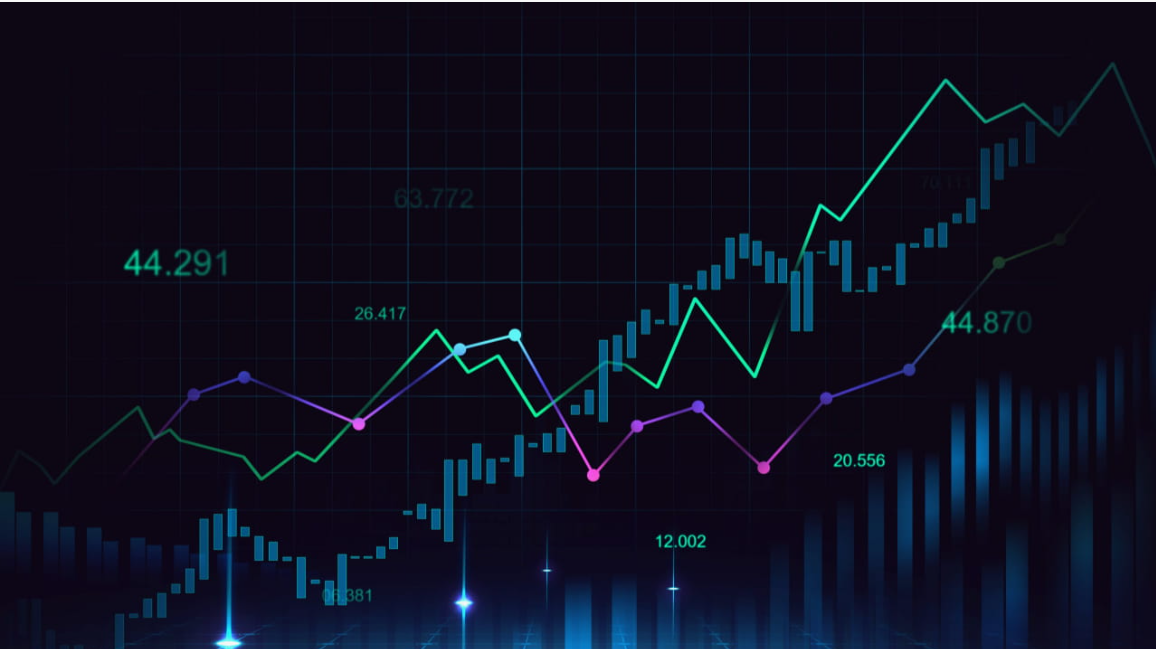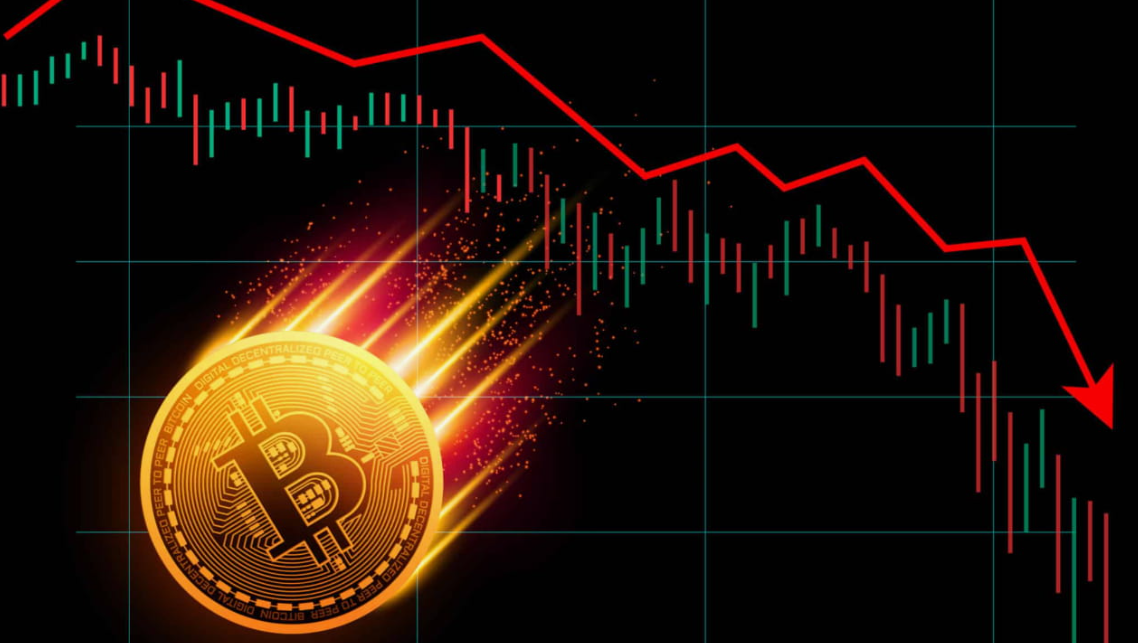Forex trading might seem like a mystery for some, but once you break it down, it’s not as complicated as it sounds. If you’re new to forex or just looking for ways to step up your trading game, you’ve come to the right place. Trading in forex can be an exciting adventure, but it’s important to have a solid strategy and the right tools in place. So, let’s dive into some practical tips that can help you improve your trading and understand the forex market a bit better.
Understanding the Forex Market
The forex market is the world’s largest financial market, where traders exchange currencies. Whether you’re dealing in USD/EUR or GBP/JPY, forex is all about buying one currency while selling another. Prices are constantly fluctuating based on supply and demand, political events, and economic news. But what makes forex trading interesting is that it runs 24 hours a day, 5 days a week—so the opportunities are endless!
With platforms like FXpricing, traders have access to real-time forex data, live charts, and analysis that helps in tracking currency pairs. Whether you’re a broker, investor, or casual trader, having the right tools and data is essential for making informed decisions.
Tips to Boost Your Forex Trading
1. Start with a Demo Account
One of the best ways to get your feet wet in the forex world is to practice with a demo account. Many platforms, including FXpricing, offer demo accounts where you can trade with virtual money. It’s a no-risk way to understand how the market works and test out your strategies before you put any real money on the line.
“Think of it like practicing your swing before jumping into a golf tournament.”
2. Know the Forex Pairs You’re Trading
There are hundreds of currency pairs you can trade, but not all pairs behave the same. Major currency pairs like EUR/USD are typically more stable compared to exotic pairs like USD/ZAR. Understanding the specific pair you’re trading will help you predict its behavior better.
- Major Pairs: EUR/USD, GBP/USD, USD/JPY
- Minor Pairs: EUR/GBP, AUD/NZD
- Exotic Pairs: USD/TRY, USD/MXN
Each of these pairs can react differently to economic news or political events, so it’s important to stay informed.
3. Keep an Eye on Economic News
Forex markets are heavily influenced by economic events. Interest rate announcements, GDP data, and employment reports can make or break your trading day. Tools like the FXpricing economic calendar help you track these events so you can prepare in advance.
For example, if the U.S. Federal Reserve announces a change in interest rates, it could cause a major movement in the USD. Being aware of these changes beforehand can give you an edge in your trades.
4. Set Stop-Loss Orders
The forex market is unpredictable, so it’s important to manage your risk properly. One of the simplest ways to do this is by setting stop-loss orders. A stop-loss is an automatic order that closes your position when the price reaches a certain level, limiting your losses.
Even the best traders make mistakes, but with a stop-loss in place, you won’t lose more than you’re prepared to.
Building a Trading Strategy
A well-thought-out trading strategy is crucial to long-term success in forex trading. Randomly buying and selling currencies without a plan will lead to more losses than gains. Here’s a basic guide to building a strategy that suits your trading style.
1. Define Your Trading Goals
Are you trading to make quick profits, or are you looking for long-term growth? Defining your goals will help you decide the type of strategy to adopt. Some traders prefer short-term trades that last minutes or hours, while others focus on long-term positions held for days or even weeks.
2. Choose Your Trading Style
There are various trading styles in the forex market:
- Scalping: Making small, quick trades to capture tiny price movements.
- Day Trading: Entering and exiting positions within the same trading day.
- Swing Trading: Holding onto trades for several days to capture bigger price swings.
- Position Trading: Taking long-term positions based on fundamental analysis.
“Pick a style that matches your personality and risk tolerance.”
3. Use Technical Analysis
Technical analysis involves looking at price charts and using various indicators to predict future movements. Some popular indicators include:
- Moving Averages: Shows the average price over a specific period.
- RSI (Relative Strength Index): Measures momentum and helps identify overbought or oversold conditions.
- Fibonacci Retracement: Helps identify potential support and resistance levels.
Platforms like FXpricing offer a wide range of technical analysis tools, so you can easily spot trends and patterns in the market.
4. Monitor Your Performance
To improve your forex trading game, you need to regularly assess how you’re doing. Keep track of your trades, note what worked and what didn’t, and adjust your strategy accordingly. Platforms like FXpricing make it easy to review your trading history and performance, helping you fine-tune your approach.
Personal Insights on Forex Trading
When I first started trading, I made a ton of mistakes. I didn’t have a clear strategy, and I’d often jump into trades based on my gut feeling rather than solid data. Over time, I learned the hard way that successful trading isn’t about luck—it’s about preparation, discipline, and having the right tools. FXpricing has been a game-changer for me because it gives me access to the data I need, right when I need it. I also can’t stress enough how important it is to stay patient and not let emotions dictate your trades.
I remember one trade where I was tempted to hold on to a losing position, hoping it would turn around. Spoiler alert: It didn’t. Lesson learned—always set a stop-loss, and don’t let your emotions take the wheel!
FAQs
1. What is Forex Trading?
Forex trading is the buying and selling of currencies on the foreign exchange market, with the goal of making a profit from fluctuations in currency prices.
2. Why Should I Start with a Demo Account?
A demo account allows you to practice trading without risking real money. It’s a great way to learn how the forex market works and test different strategies before committing your hard-earned cash.
3. What Are Forex Pairs?
Forex pairs represent two currencies being traded. The first currency in the pair is the base currency, and the second is the quote currency. For example, in EUR/USD, EUR is the base, and USD is the quote.
4. How Can I Manage Risk in Forex Trading?
Risk management is essential for successful trading. Set stop-loss orders, diversify your trades, and only risk a small percentage of your capital on any single trade.
5. How Does FXpricing Help with Forex Trading?
FXpricing provides real-time forex data, historical charts, economic calendars, and customizable dashboards to help traders make informed decisions. Whether you’re a beginner or a seasoned pro, having access to live forex rates and advanced trading tools can significantly improve your trading game.





